|
If you mention to your students that you are going on a treasure hunt, you can be sure there will be cheering and excitement along with lots of questions. Learning to read maps and use them are valuable skills for kids, and one way of capturing their attention is to link them to stories of treasures and adventure. Ways To Use MapsMapping skills can be exciting for kids if they are introduced in an interesting, hands on way. These skills help develop spatial awareness and teach kids how to navigate in their world. Here are some different ways to get started. 1. Look at a variety of different types of maps and try to find some similarities on them. Look for symbols, shapes, words, or other elements that may be important. Treasure maps, school maps, neighborhood maps, and even country or world maps are great examples. 2. Try following a neighborhood or school map and identifying the various areas or symbols that are on the map. 3. Walk around the neighborhood and make note of different things that are there. Draw a map that shows the different key elements and create a legend that can be followed by others. 4. Create a treasure map and a story to go along with it. Maybe even try to find a hidden treasure in the nearby area following a map. 5. Check out mapping programs like Google Earth and see the bigger world by exploring the neighborhood and beyond. Important Mapping Skills And TermsLooking at a variety of different maps and exploring the world around them is great, but in order to really understand how to read and use maps requires teaching about the different concepts and details. Young children need to be taught some of the vocabulary and also how to use the different symbols and components of maps effectively if they are going to be able to transfer these skills to various different types of maps. Here are some of the terms and aspects of maps that children need to understand and practice using to fully understand how to read maps. Map - A paper drawing or an electronic image that show where different places are located. There are many different kinds of maps. World maps, neighborhood maps, road maps, and treasure maps are just a few types. Legend/Key - This is a guide for the symbols used and tell us what they represent. Symbols - These are pictures or shapes that are used to represent real objects or places. Compass Rose - This is a symbol that is used to show the directions north, south, east, and west, as well as areas in between. It helps to make sure that we are going in the correction direction when following instructions for how to get somewhere. Grid - This is used to help locate areas on the map. The spaces where the letters and numbers interesect show where the object or place is located. Coordinates - These are the numbers and letters on the map that are used for locating the correct spaces on the grid. Scale - This shows the distance between places or objects. It can also be used for 3D maps to make sure that objects are appropriate sizes. Here are some booklets that help to explain and practice using these terms. Map Skills Mapping Skills Using Grids Once they understand what the various components are, they can begin to create their own maps. Here is a free booklet I created that can help them get started on creating a neighborhood map. More Mapping ActivitiesLooking for some more ideas and hands on activities? Check these out. 1. Create a treasure hunt: Provide children with blank paper and crayons/markers. Encourage them to draw their own treasure maps, including landmarks like trees, houses, and lakes. They can then hide "treasure" (e.g., small toys or stickers) and exchange maps with classmates for a fun treasure hunt. 2. Collaborative Classroom Map: Create a map of the classroom. Use a large piece of paper or a whiteboard and let students contribute by drawing key features such as desks, chairs, door, windows, and other important items. Discuss the purpose of each item and its location within the classroom. 3. Following Directions Game: Play a game where children practice following directional instructions in the school yard. Give verbal instructions like "walk two steps north" or "turn to the left and walk three steps west." This helps reinforce cardinal directions in a fun way. 4. Outdoor Scaventer Hunt: Take children on an outdoor scavenger hunt around the schoolyard or nearby park. Provide each child with a simple map indicating areas they need to explore and items they need to find (e.g., a tree, a bench, a flower). Encourage them to mark off each item as they find it and label the map where the item was found. As you can see, there are many components to learning how to use maps and understand them. Once kids get the hang of it. they can navigate to different places and create adventures that are fun and educational as well. Enjoy sharing these spatial adventures with your students and helping provide them with tools for future adventures. Next time I will share more ideas about mapping and how to create a 3D community. Related PostsThere are many different ways to approach teaching a child about their world, but developmentally, it makes sense to start with their little circle and move out from there. When kids are young, they are looking at the world through the lens of ME - what I like, what I want, what I have, etc. This is the time to focus on helping them to know what is going on around them with family, friends, neighbors, and themselves. Here are some fun activities that help them with learning about these things. All About Me ActivitiesThese activities help kids to focus on their unique identity, interests, and experiences. They encourage them to explore and share information about themselves, including their name, family, hobbies, and favorite things. 1. Name Identity And Recognition - Create personalized name tags using their names and decorative materials like stickers, markers, or colorful paper. - Play name games that involve saying and spelling names 2, Family And Home - Create a family tree collage using photos or drawings of family members. Discuss family roles and relationships. - Draw pictures of their homes, including details like the color, number of windows, and any special features. 3. Hobbies - Create personalized "All About Me" books where they can write or draw about their favorite things, hobbies, and interests. 4. Favorite Things Or Preferences- Create a class chart or graph where they can share their favorite foods, colors, animals, etc. Discuss similarities and differences among classmates. 5. Celebrating Similarities And Differences - Provide magazines, newspapers, and art supplies for them to create collages showcasing diversity in appearance, interests, and abilities. Some Family Resources To Go FurtherLearning more about family backgrounds and cultures is an area that can be pursued when the children have an understanding of what makes them special or unique. Here are two resources that can help to develop these ideas more. Heritage Project Discovering Our Roots and Flat Family Project. Neighborhoods And CommunitiesDepending on where children live, their neighborhood and surrounding communities can be very different from other neighborhoods and communities. It's important to be able to recognize different types of communities and also identify which community is most like theirs. The three main types of communities most people are familiar with are urban, suburban, and rural. Here is a booklet that helps to explain some of the features that distinguish the different kinds of communities. Once children are familiar with the different types of communities, they will be able to look around the area where they live and start to identify different characteristics that will determine which kind of community they live in. Neighborhood And Community Activities1. Start with neighborhood walks. Ask questions that can help to determine noticeable characteristics. What kind of businesses and industries are there? What kind of housing is most common? Are there any landmarks? How much traffic is there? and so on. 2. Take note of some of the community helpers in the area. Who do they see regularly in their neighborhood? What type of community service do they provide? Learn more about their neighbors and community helpers. Perhaps bring in some community members to share what they do. 3. Learn more about the different businesses, services and landmarks or points of interest in their community. How many schools are there? Is there a library? How close is the hospital? What different services are there? Consider taking field trips to the various places such as the fire hall, police station, library, or grocery store to learn first hand how the different members of these places help the community. Provinces, States, And TerritoriesProvinces, states, and territories are larger areas of land that make up countries. Although they are considered as individual sections, they have a variety of different communities and characteristics, not just across the country, but also within each province, state, or territory. There are many different kinds of activities that can be done based on the areas being studied. Here are a few ideas. 1. Check out how the various areas are similar or different when it comes to climate zones and weather. Keep track of weather patterns by following the weather reports for the region and the country. How are they the same or different? Note: The wide range of climate changes across the larger regions and country may be surprising since children often expect the weather to be the same all around them. 2. Do activities that explore the geography of the country. What are the major cities, landmarks, types of landforms, etc. How do these things impact living in these areas? 3. Choose a couple of areas that are different from each other and research them. Here are some types of questions to ask: How do they vary in services and industries provided? What is the climate like there? What kinds of activities and landmarks are they know for? How is living the same or different? Some Projects To TryOver the years areas change. It's important for children to understand that life now is very different from what it was like many years ago. Here is a research project that can help them to understand how their community has changed in the past 100 or so years. When studying about different provinces, states, or territories, doing research is a great way for children to get a better understanding of where they live. Here is a research project the focuses on learning about the industries and services of a province, state, or territory. It has different ways to share what has been learned so that children can choose the format that best helps them to share their knowledge. The WorldContinue to help kids expand their knowledge of how big our world is. The world encompasses countries, oceans, and continents. Do activities that help them to see the vastness of where we live. Here are some ideas. 1. Look at globes and maps and see where the different countries are located. 2. Build puzzles and talk about the different continents and the countries that make them up. 3. Do activities that involve labeling the oceans and continents. 4. Choose some countries and do research activities on them with small groups. Have the groups share their findings with the rest of the class. This way several different countries can be explored and it will enrich the knowledge and understanding of cultures and diversity in the world. Enjoy sharing these activities with your students. Next time I will share ideas about teaching mapping and creating communities. Related PostsLearning about the world we live in is a fascinating thing for young children. There are so many different facets of the communities, countries, and areas of the world to discover. Kids are intrigued with maps, field trips, and stories about the world around them. One way to capture their enthusiasm and engage them in learning more about the world around them is to start at an individual level and expand globally from there. There are several reasons for this approach, but from a developmental perspective it just makes sense. Kids focus on themselves and what is going on around them when they are young. Therefore, learning more about their immediate circle and the area around them first is a good choice. Beginning with the individual allows them to connect their learning to their own lives and experiences. Begin with family, friends and neighborhoods and expand out from there. Here are some ideas for expanding from the individual to the global concepts. All About MeStart with the individual, focusing on each student's unique identity, interests, and experiences. Encourage children to explore and share information about themselves, including their name, family, hobbies, and favorite things. Consider activities such as All About Me posters, family trees, Interest profiles, and writing activities about a special hobby , activity, or interest. My NeighborhoodExpand your students' understanding to their immediate surroundings by exploring their neighborhood. Engage them in activities such as neighborhood walks, where they can observe and map local landmarks, houses, parks, and businesses. Encourage them to learn about their neighbors and community helpers like firefighters and mail carriers. My CommunityBroaden the scope from the immediate neighborhood to encompass the larger community beyond there Guide your students in learning about the various institutions, services, and points of interest within their town or city. This may include schools, libraries, hospitals, government buildings, and cultural landmarks. Encourage them to explore the roles of different community members and how they contribute to the community's well-being. My Province Or StateDive deeper into regional geography by exploring the province, state, or territory where the students live. Help them learn about the geography, history, and cultural diversity of their region. They can research notable landmarks, industries, natural features, and historical events that shape the identity of their province or state. Encourage them to compare and contrast their region with others. My CountryContinue to expand your students' geographical knowledge to the national level by studying their country. Explore its geographical features, climate zones, major cities, landmarks, and cultural diversity. Discuss national symbols, traditions, government structure, and historical events that have shaped the country's identity. Encourage them to develop a sense of national pride and appreciation for their country's heritage. The WorldFinally, broaden their perspectives to the global level by learning about different countries and continents around the world. Help them explore world maps, atlases, and globes to understand Earth's continents, oceans, and major geographical features. Encourage discussions about global issues, cultures, languages, and traditions. Help them to develop an appreciation for cultural diversity and interconnectedness among nations. By following this progression from the individual to the global level, students gradually develop a deeper understanding of themselves, their immediate surroundings, and the wider world. Through hands-on activities, research, discussions, and exploration, they gain valuable knowledge and skills in geography, social studies, and cultural awareness. Next time I will share some more ideas for learning about our families, our communities, our provinces or states, and the world around us.
Money is a necessary commodity in our lives, but it's a difficult concept for many children to understand. Because we are living in a plastic world, children don't always get to see and handle real money anymore. This makes it even more difficult for them to understand how to handle it and use it correctly. It is up to us as teachers to help them understand the importance of money and how to count it, earn it, pay for things with it, and make change when needed. This can be a daunting task unless we use concrete examples and situations. Recognizing Coins And Their ValuesRecognizing coins and understanding their values is one of the first things that needs to be taught. There are many different resources available for doing this, but it's important to make sure that kids get to actually see and handle the coins or play money that looks like the coins as they practice identifying them and stating their values. In Canada, we use the terms penny, nickel, dime, and quarter for the smaller values. It's amazing how many kids don't know which are which. I get questions like, "Is that the beaver, or the sailboat?" They examine the coins looking for clues as to how much each is worth. I suspect it is the same with kids in The United States. They may have different symbols on the coins, but the confusion still happens. Resources for identifying and counting moneyHere are some resources I created to help kids identify different coins and bills, recognize their values, and count money. There are Canadian and American versions as well as Boom cards versions for those wanting digital resources. It's important to make sure that these resources are used with many different hands on opportunities to manipulate the money and look at it closely so that the connection can be made to the abstract examples of images and questions. Resources for applying the skillsApplying the skills of counting, earning, and spending money is a necessary part of learning to handle money. I have created some resources to practice doing this. Note: Café Élisa is in French. Learning about debit cards and moneyBecause we live in a world of plastic currency, it's important to make sure children understand that money is still exchanging hands and there must be money available in order to use the debit card. I created this unit to help kids better understand this and to provide opportunities for them to earn money and keep track of what was going in and out of their bank accounts. Other money mattersCredit cards are another type of spending that adults use, but I didn't address this specifically with my students. It's a much bigger deal to explain debt and should be dealt with, but I feel it's best done in detail as kids get older. Taxes are another part of money skills that needs to be addressed. This will require separate instruction to better understand how to calculate it and allow for an extra cost when calculating what money is needed to purchase things. There's nothing worse than getting to the checkout and discovering you are short of money because of the added taxes. Kids need to be exposed to this in teaching about money so that they aren't disappointed when they go to buy something and don't have enough money. I have not specifically addressed this in any of my resources, but it's a necessary element to at least mention to younger children when teaching about spending money. Even in a mostly electronic economy, it's important to be able to handle actual money for situations where cash is needed. Hopefully some of these resources will help with preparing your students for the monetary world out there. Check out some of my money bundles for more resources and extra savings. Related Posts |
About Me Charlene Sequeira
I am a wife, mother of 4, grandmother of 9, and a retired primary and music teacher. I love working with kids and continue to volunteer at school and teach ukulele. Categories
All
|
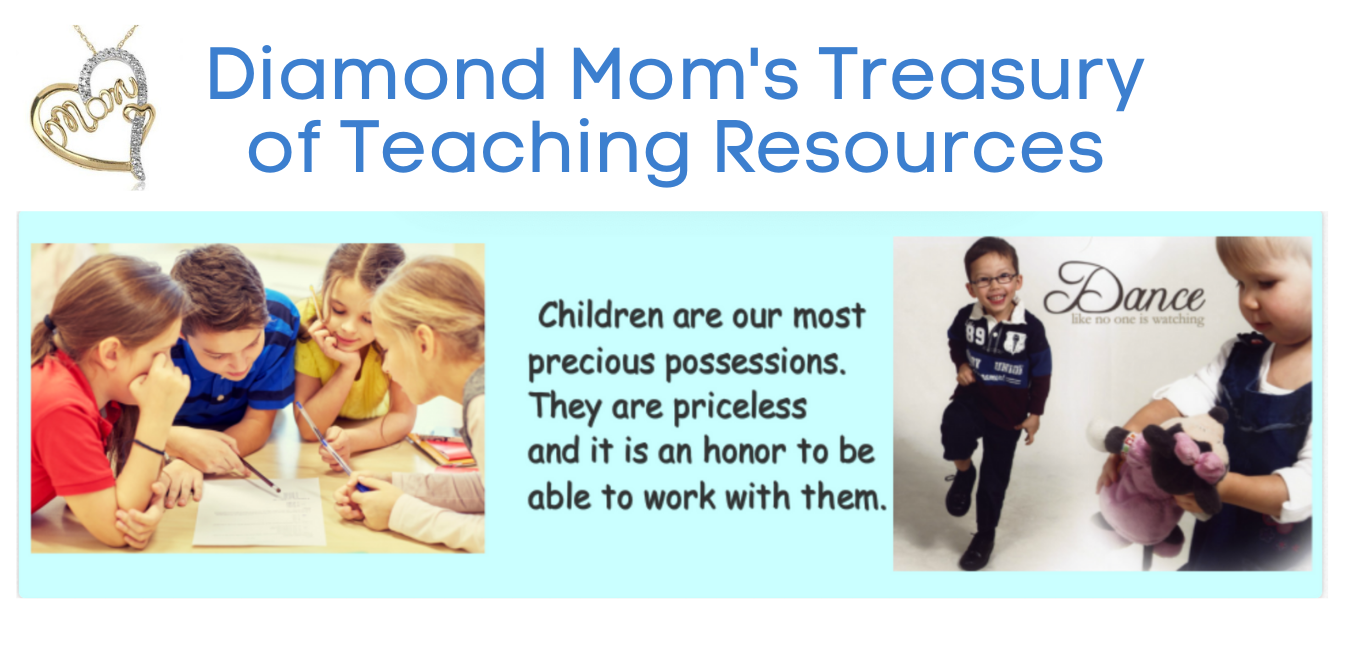

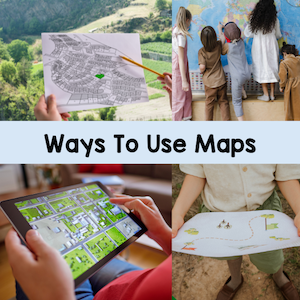
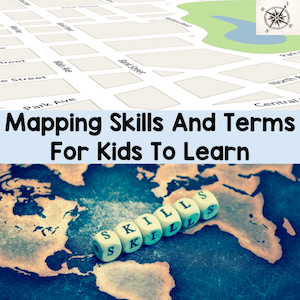
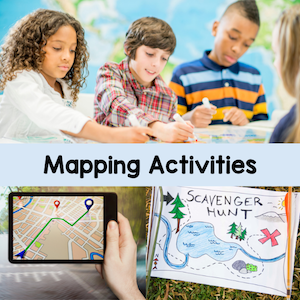
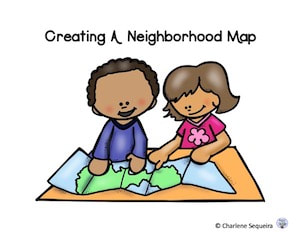
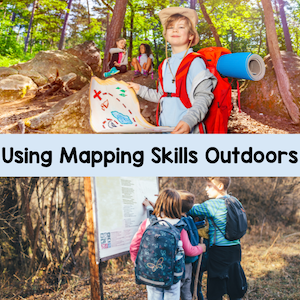
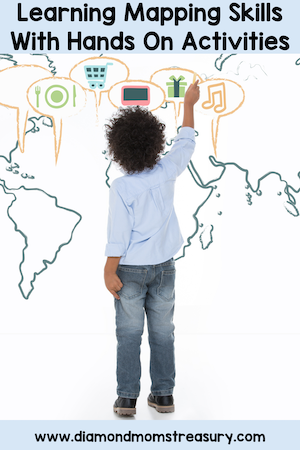
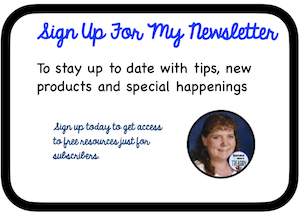
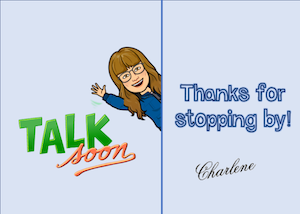
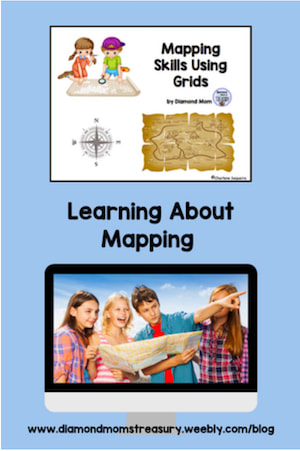
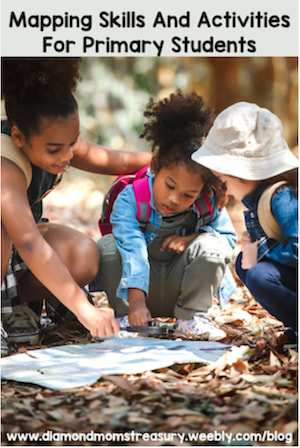
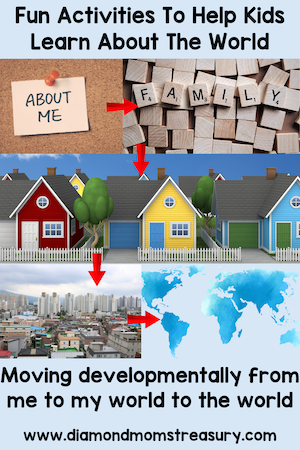
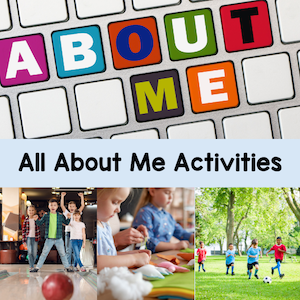
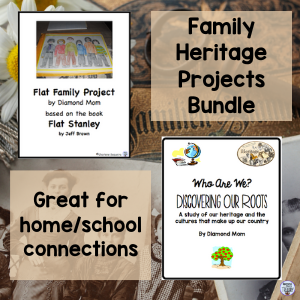
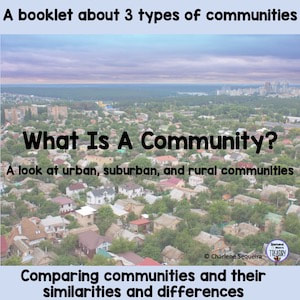
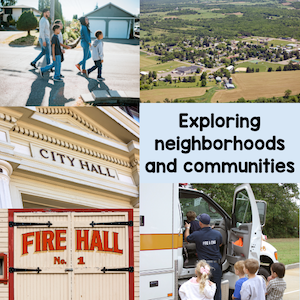
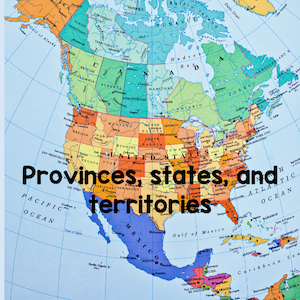
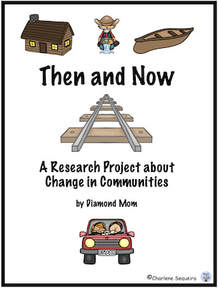
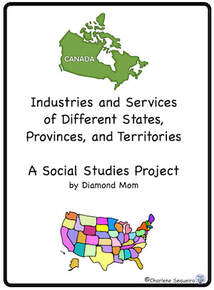
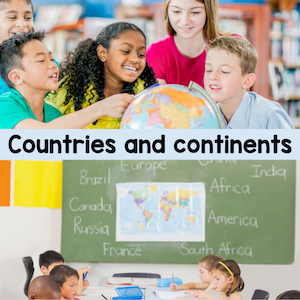
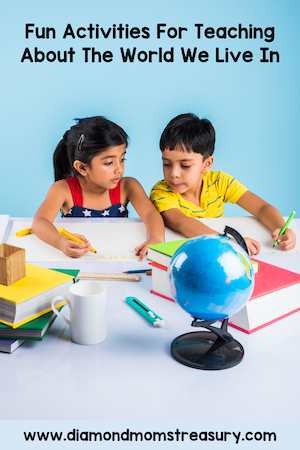
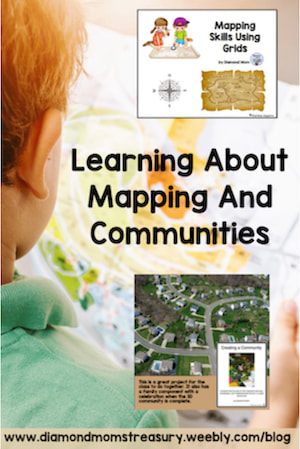
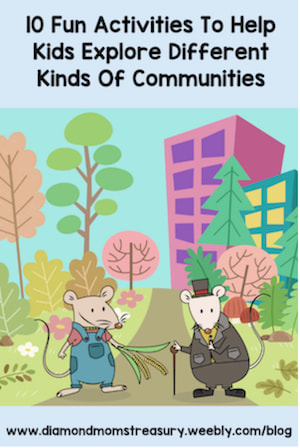
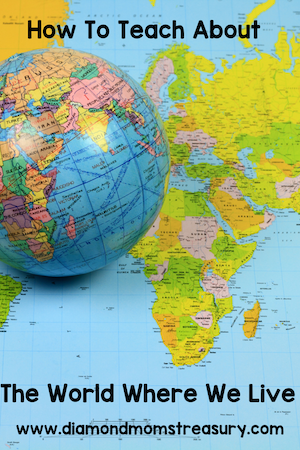
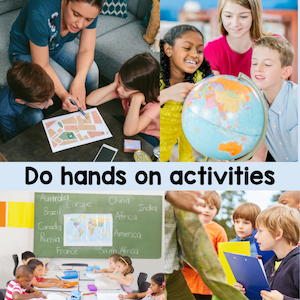
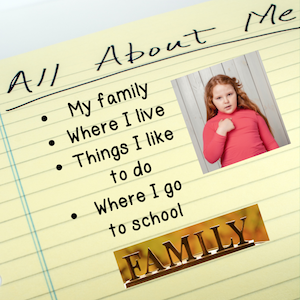
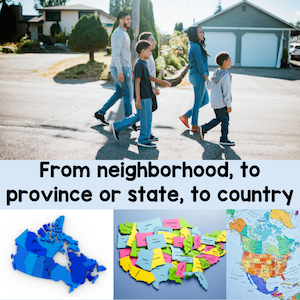
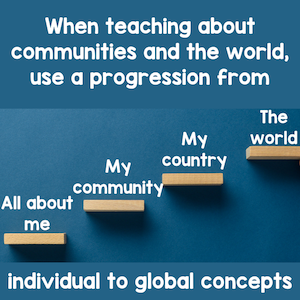
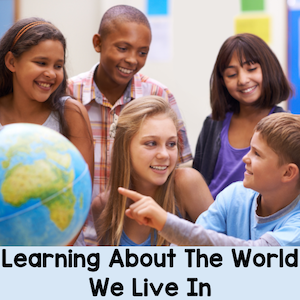
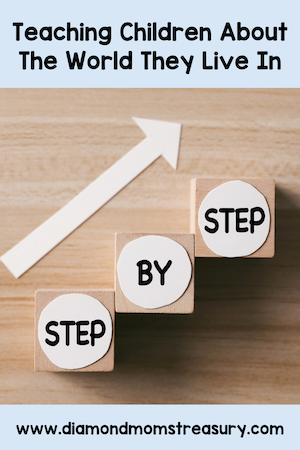
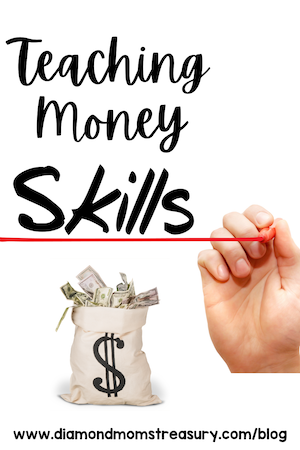
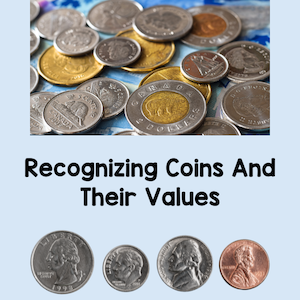
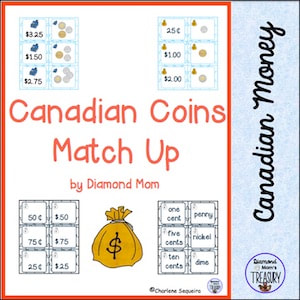
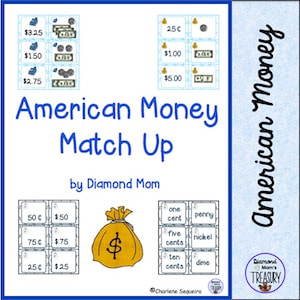
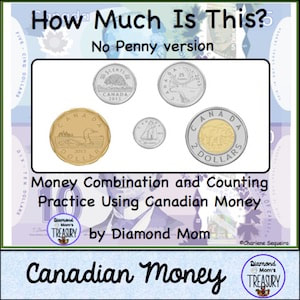
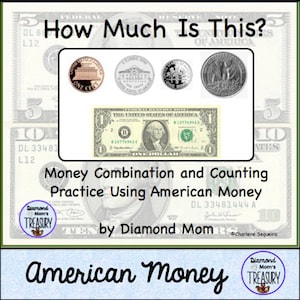
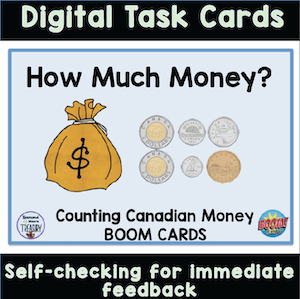
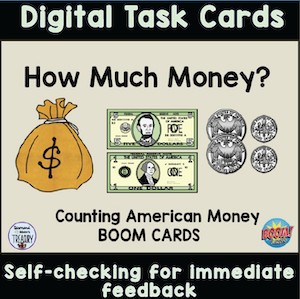
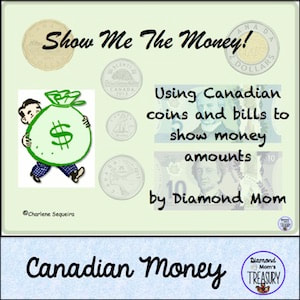
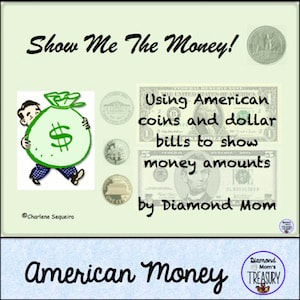
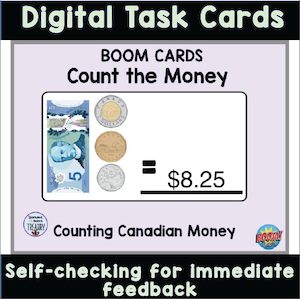
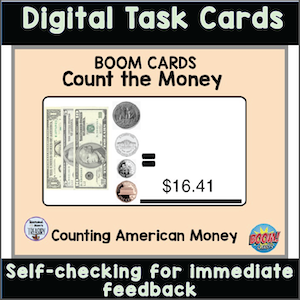
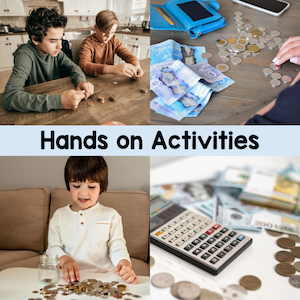
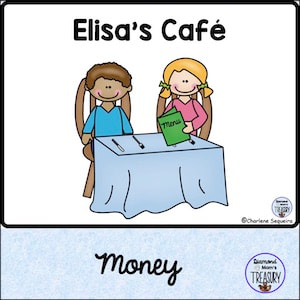
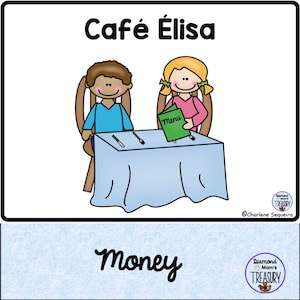
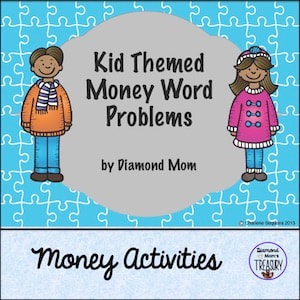
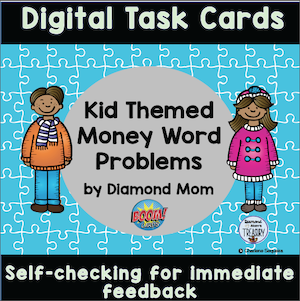
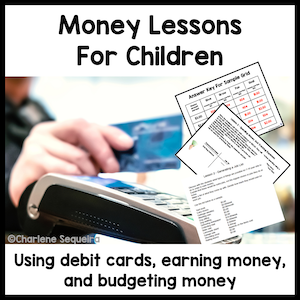
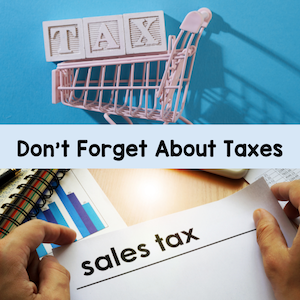
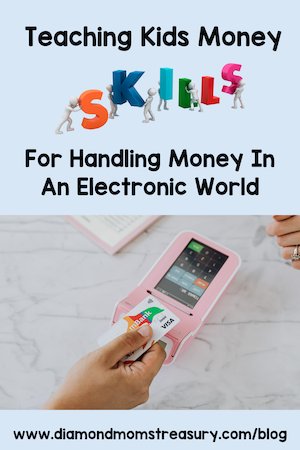
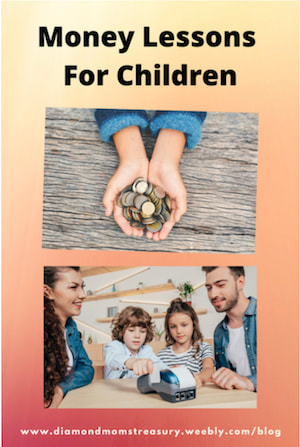
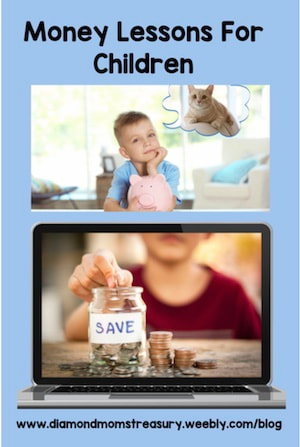
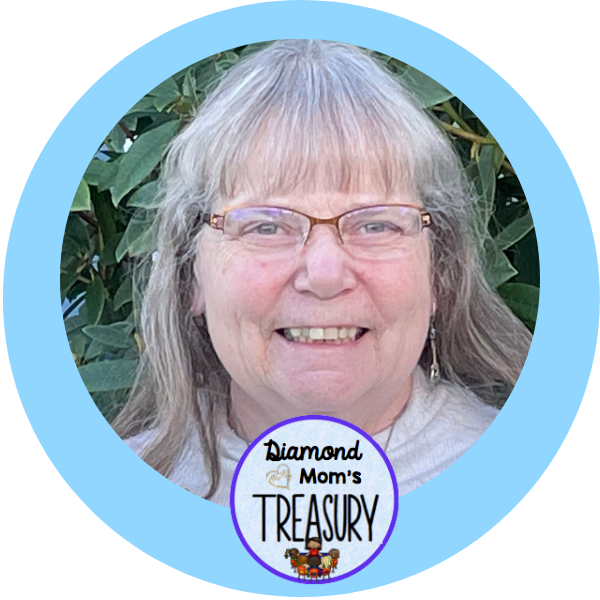

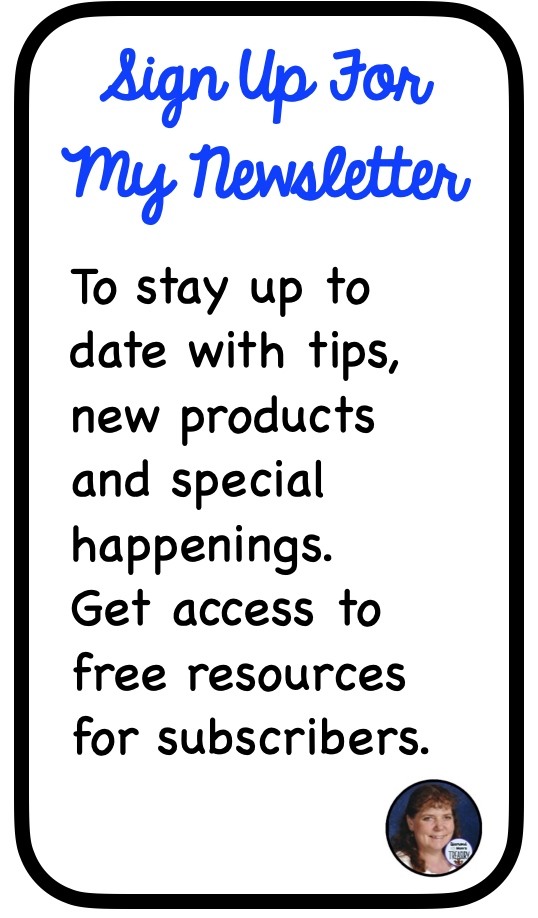
 RSS Feed
RSS Feed